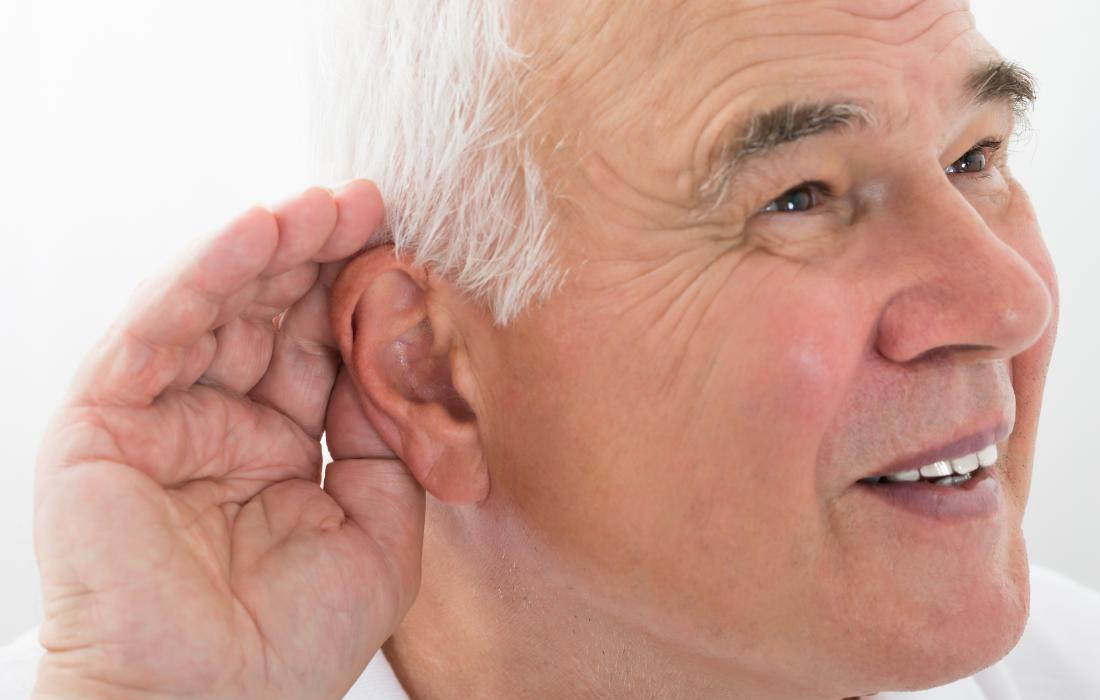Regenerative Medicine News and General Information
Can Hearing Loss be Reversed?
Just like your future body will thank you for the apple, your future ears (specifically your cochlear hair cells) will thank you for protecting them. The most common cause of hearing loss is progressive because these hair cells, the primary cells to detect sound waves, cannot regenerate if damaged or lost. People who have repeated exposure to loud noises, like military personnel, construction workers, and musicians, are most at risk for this type of hearing loss. But, it can happen to anyone over time (even concert goers).
On the other hand, birds and fish can regenerate these hair cells, and now researchers at the Del Monte Institute for Neuroscience are getting closer to identifying the mechanisms that may promote this type of regeneration in mammals, as explained in research recently published in Frontiers in Cellular Neuroscience.
The 2018 study led by Jingyuan Zhang, PhD, a postdoctoral fellow in the White lab at the time, found that activating the growth gene ERBB2 pathway triggered a cascading series of cellular events by which cochlear support cells began to multiply and activate other neighboring stem cells to become new sensory hair cells.
Can hearing loss be reversed?
Using single-cell RNA sequencing in mice, researchers compared cells with an overactive growth gene (ERBB2 signaling) with similar cells that lacked such signaling. They found the growth gene, ERBB2 , promoted stem cell-like development by initiating the expression of multiple proteins — including SPP1, a protein that signals through the CD44 receptor. The CD44 receptor is known to be present in cochlear-supporting cells. This increase in cellular response promoted mitosis in the supporting cells, a key event for regeneration.
When they checked this process in adult mice, we were able to show that ERBB2 expression drove the protein expression of SPP1 that is necessary to activate CD44 and grow new hair cells. This discovery has made it clear that regeneration is not only restricted to the early stages of development. The researchers believe it is possible to use these findings to drive regeneration in adults.
Further investigation of this phenomenon from a mechanistic perspective to determine whether it can improve auditory function after damage in mammals is needed.
SOURCE:
Dorota Piekna-Przybylska, Daxiang Na, Jingyuan Zhang, Cameron Baker, John M. Ashton, Patricia M. White. Single cell RNA sequencing analysis of mouse cochlear supporting cell transcriptomes with activated ERBB2 receptor indicates a cell-specific response that promotes CD44 activation. Frontiers in Cellular Neuroscience, 2023; 16 DOI: 10.3389/fncel.2022.1096872
image:
https://cdn-prod.medicalnewstoday.com/content/images/articles/249/249285/hearing-loss-man.jpg

